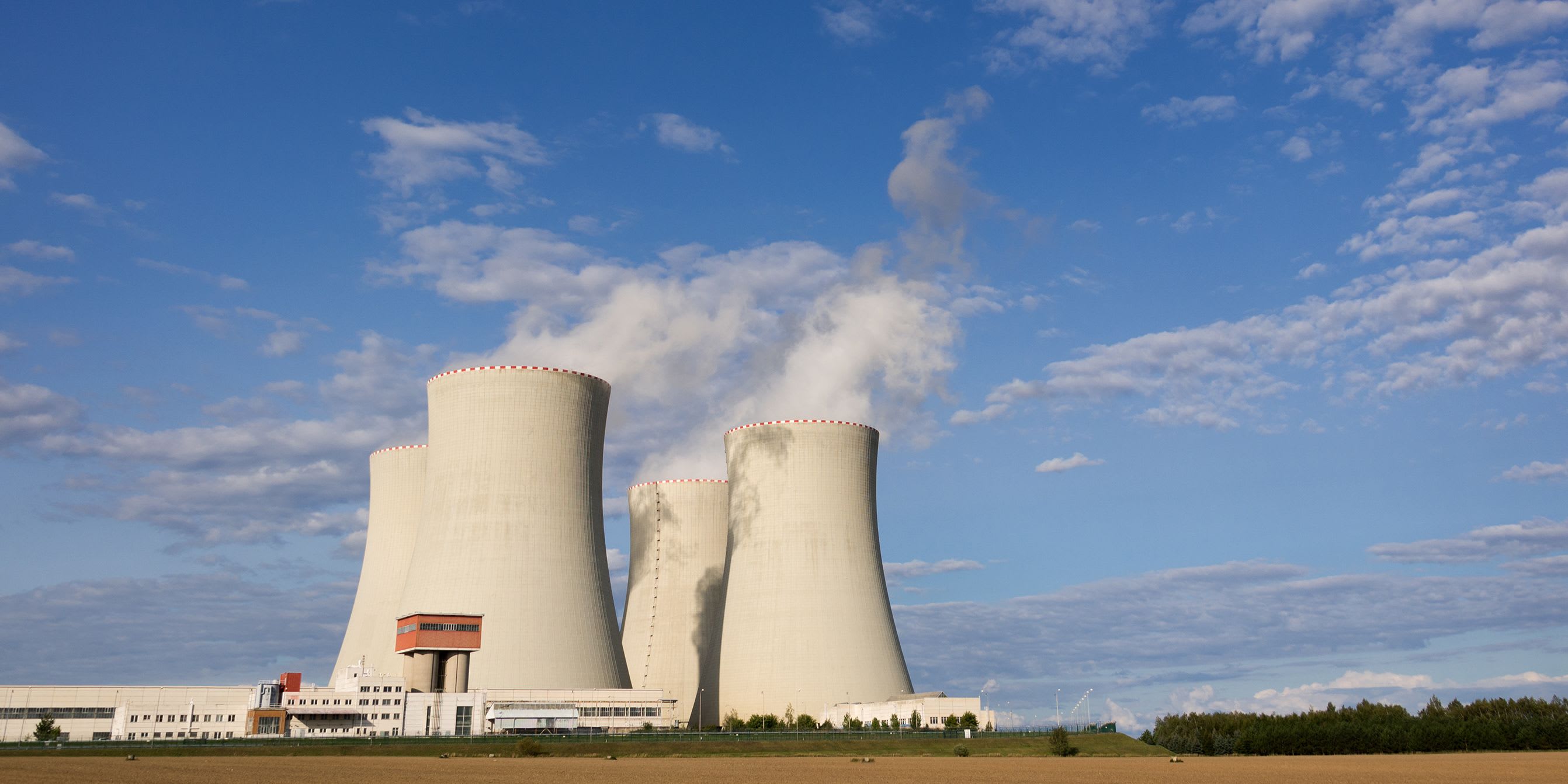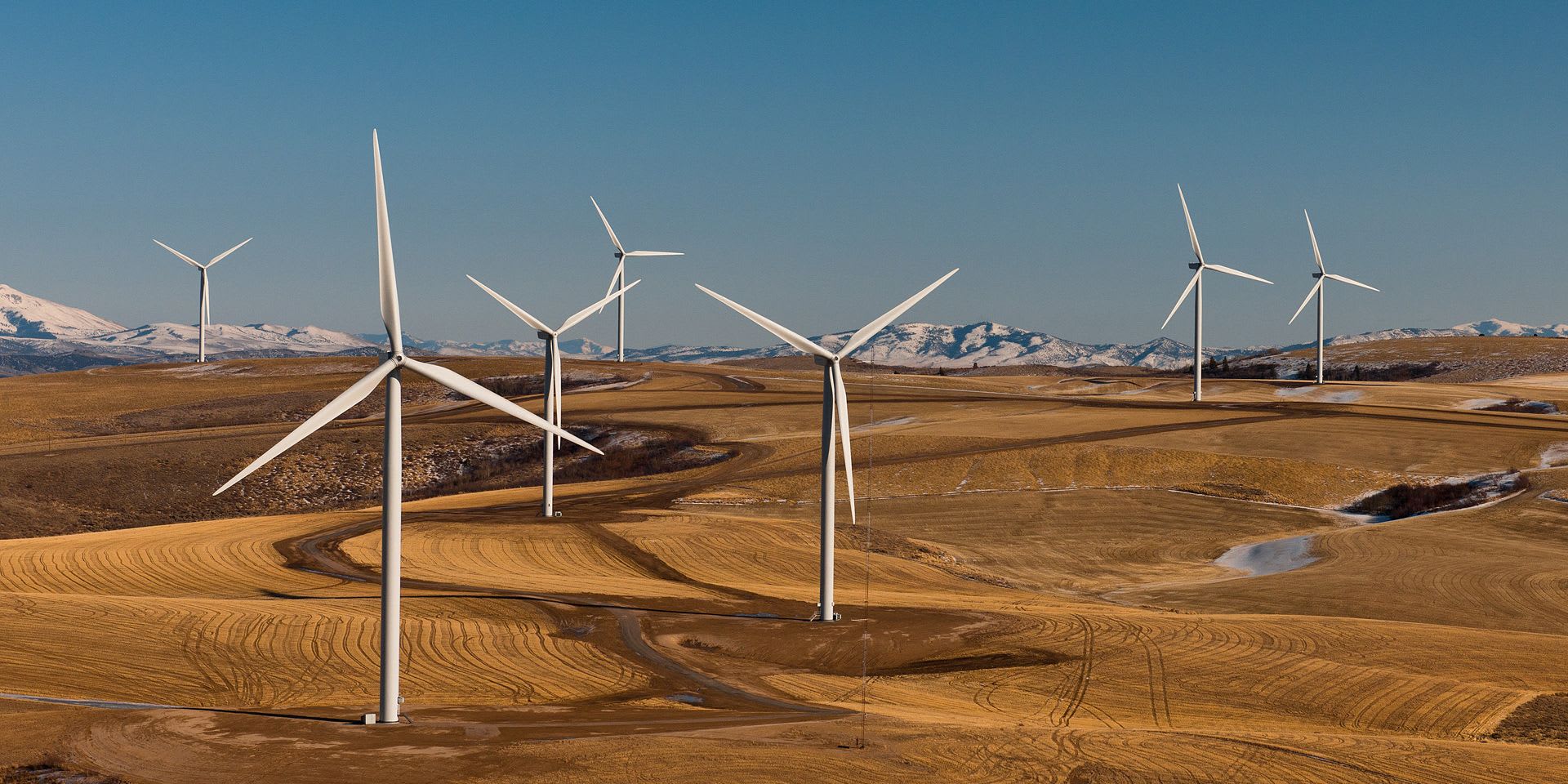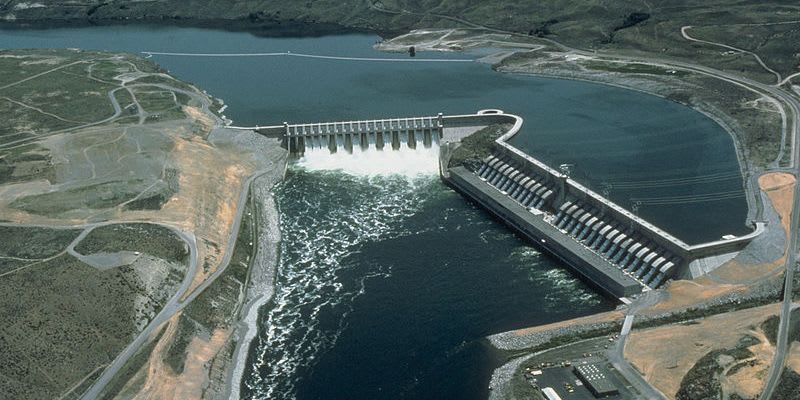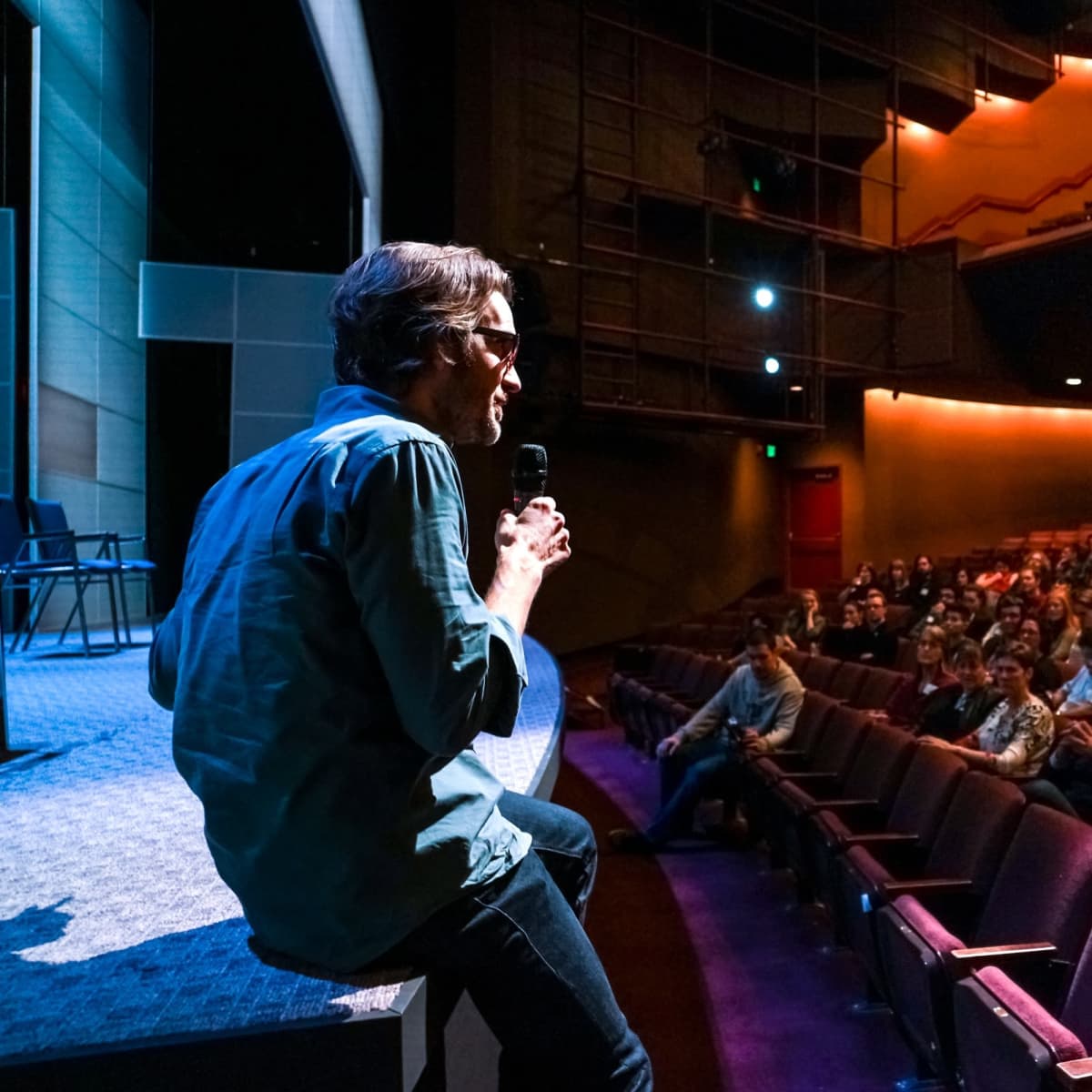Article
Alternative Energy
The Children revolves around three retired nuclear physicists that spent their careers working at a nuclear power facility. After their retirement a tsunami struck the facility, which compromised not only the facility but the surrounding area as well, mirroring the real event that occurred in Fukushima, Japan in 2011. Two of the characters, Hazel and her husband Robin, settled just outside of the exclusion zone after the nuclear accident. The play begins with Rose, who moved to America after retiring, returning to the area after 38 years away.
The characters’ complicated relationship with alternative energy has resulted in a rift between them, with some feeling as though nuclear is still their best energy option going forward, while others would prefer safer methods like wind power. Here in Washington, our state is the largest domestic producer of hydroelectric power, another potential alternative. Learn about the many forms of energy used in the world today.

Nuclear Power
While Hazel and Robin's aversion to nuclear power is understandable in the wake of the disaster, the fact that Rose still supports the idea of nuclear truly displays why, despite the potential for disaster, nuclear power is still an alternative worth pursuing. The two biggest reasons for that being that nuclear power is extremely efficient: a single 0.1-ounce pellet yields the equivalent of 120 gallons of oil. Also, that nuclear plants have extremely low carbon emissions.
Nuclear fission, the catalyst for nuclear power, occurs when heavy atomic nuclei split apart from lighter ones and simultaneously release energy. Once the fission occurs, some parts of the reactor are utilized to convert the thermal energy produced into electricity, while the other parts of the reactor ensure that none of the radioactive material is released into the environment. While these power plants currently require a nearby water outlet to absorb the heat waste created during fission, this is a common reality among traditional and alternative power plants.
Water use is clearly not the only drawback to nuclear plants. Their social identity is forever tied to three great disasters: Three Mile Island in the United States (1979), Chernobyl in the Ukranian USSR (1986), and Fukushima in Japan (2011). These disasters, especially Chernobyl, have at best altered—at worst hijacked—the discussion surrounding nuclear power. Playwright Lucy Kirkwood was inspired to write The Children based on the nuclear meltdown at Fukushima.
These disasters directly inform the first great obstacle surrounding the creation of new nuclear power plants: gaining public support. When the public only understands something through the lens of highly politicized disasters, it takes work to overcome that stigma and get the citizens of an area to approve of the creation of a plant. This work takes time and money, two things many politicians, especially domestically, are leery to spend on an investment that might never be approved—especially when oil companies have notoriously funneled enormous sums of money into the pockets of political figures on both sides of the aisle.
The second obstacle follows from the first, which is that the creation of alternative energy facilities is often facilitated through subsidies given out by governments which have been shifting their incentive programs to favor renewable energy like wind and solar power instead of nuclear. As these subsidies go towards developing new energy sources, the price of oil may drop to match demand, which would then require even more subsidies to keep renewable energy feasible.

Wind Power
Unlike nuclear, wind power is one of the few truly renewable energy resources that exists today. Wind power is harnessed by wind turbines that use the kinetic energy created by the movement of their blades and convert that into rotational energy. A generator then converts that rotational energy into electricity.
Wind turbine farms can be divided into two main groups, onshore and offshore. Onshore wind farms are the most common, and years of technological and mechanical innovations have made them relatively cheap to produce. Offshore wind farms, on the other hand, generate more power but are far more expensive to create. Not only do manufacturers have to make the turbines, but offshore turbines also need special foundations and are much further from power grids.
The extreme cost difference between the two types is one of the biggest stressors in the wind sector, which again comes down to subsidies. The onshore wind turbines have become so cheap to produce that governments have cut the amount of subsidies given to windmill manufacturers, which directly slows any advancements made towards offshore wind

Hydropower
While Washington State has one nuclear power plant (Columbia Generating Station in Richland) and over ten wind farms, hydropower dominates the energy production mix. Currently, Washington has eight hydroelectric plants that typically supplyaround two-thirds of the state’s electricity. These plants operate by harnessing the power of moving water to transform hydraulic energy into mechanical energy.
Hydropower has become the world’s leading renewable energy source due to the flexibility and adaptability of hydropower plants, in addition to non-energy-related benefits that can come from the installation of the plants in the local ecosystem. These plants are all highly specialized to suit the needs of the local environments, so not only do the plants provide energy with low greenhouse gas emissions, but the plants also provide water management in the form of flood control, irrigation, and water conservation. While these benefits do not come without the costs associated with changing the local ecosystem, advancements in technology have sought to mitigate these costs and reduce the impact of the plant’s footprint.
A problem unique to hydropower is that the creation of the plants creates a question of ownership over the world’s most vital resource: water. While not a problem in Washington, the creation of a power plant along a water source that crosses international borders impacts all of the countries downriver from the site. In an ideal world, this would promote positive international relations and all affected countries would work towards creating the best environment for all of their citizens, but with water becoming more commoditized than ever and the global history of armed conflict over resources, perhaps this ideal is not a reality.
Conclusion
Throughout The Children, each character discusses the impact that the disaster has had on them, and though each person once shared a similar view on their life’s work, each of them now views nuclear energy in their own way. While it is undeniable that there are massive upsides to nuclear, wind, and hydroelectric power, each of them comes with their own failings as well.
While a perfect world—at least in relation to the production and utilization of energy—may not be attainable soon, nuclear, wind, and hydroelectric power all pave promising paths forward. As the technologies surrounding all three improve and they become more efficient and cost effective, these alternatives can create vast amounts of power without simultaneously damaging the natural world around them.
Joe Lusardo is a recent graduate of Ohio University with a B.A. in political science, specializing in international relations. A recent transplant to Seattle, he’s lived in Flint, MI; Newtown, CT; and Athens, OH, each offering its own unique perspective on life in America. When he’s not working, Joe spends his time reading, writing, petting animals, and being a big ol’ nerd.
Want to learn more about The Children's background and themes? Read more in our educational Play Guide!
Sources
- Washington State Energy Profile Analysis
- Sciencing: "Nuclear Energy vs. Fossil Energy."
- World Energy Council’s World Energy Resources Guide 2016



